Scheelite Slag Turns into Sulphur Fixing Agent
- Details
- Category: Tungsten Information
- Published on Thursday, 07 June 2018 16:18
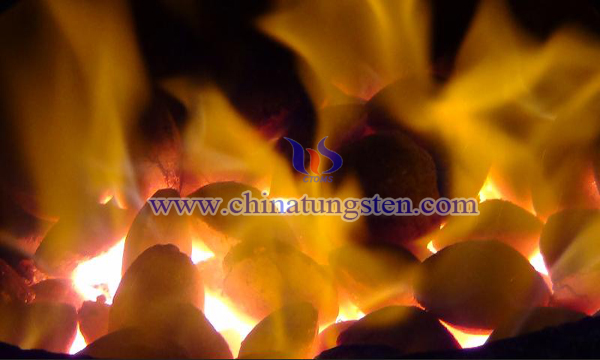
As a solid waste, wolframite residue needs financial and material resources for harmless disposal.
Wolframite and Scheelite Mixed Ore with Ore Dressing Method
- Details
- Category: Tungsten Information
- Published on Thursday, 07 June 2018 16:03
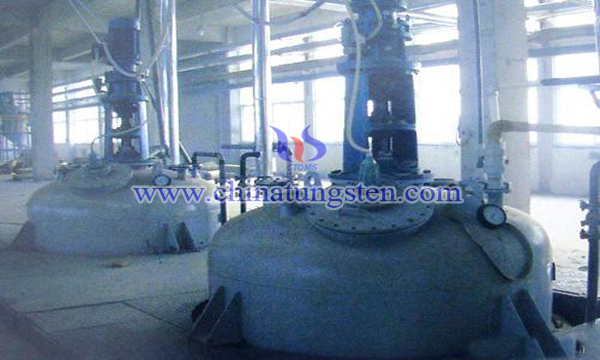
The flotation of wolframite and scheelite is a difficult problem in the world. Because the composition and structure of the wolframite and scheelite are quite different, the conventional ore dressing method can not decompose the wolfram mixed ore perfectly.
Lanthanum Cerium Rhenium Erbium Multicomponent Composite Tungsten Electrode
- Details
- Category: Tungsten Information
- Published on Thursday, 07 June 2018 15:53
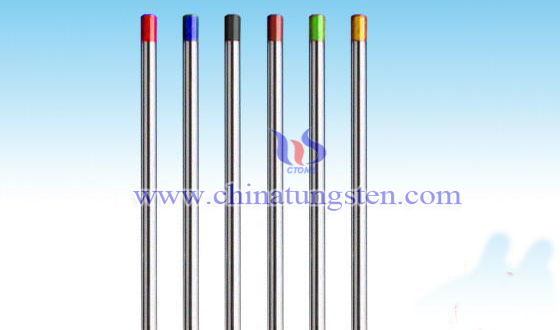
Argon arc welding is an arc welding method using argon as protective gas, and the arc occurs between electrodes and weldments. Argon is formed around the arc to form a continuous closed air flow for protecting arc and molten pool.
Copper / Bismuth Tungstate Composite Photocatalyst
- Details
- Category: Tungsten Information
- Published on Thursday, 07 June 2018 15:41
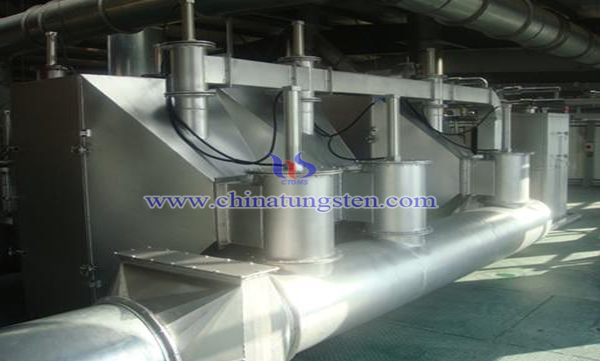
Bismuth tungstate (Bi2WO6) is the most simple structure of Aurivillius type oxide. Its Bi6s orbit and O2p orbit are hybridized to form the valence band. The W5d orbit forms a guide band, and its band gap is narrower (about 2.7eV). It can absorb some visible light and be excited. Therefore, the Bi2WO6 photocatalytic material is in the field of environmental purification and new energy development. Potential application value.
The Strategy of Tungsten Tailings Recycling and Utilization for Plastic Packing
- Details
- Category: Tungsten Information
- Published on Thursday, 07 June 2018 15:24
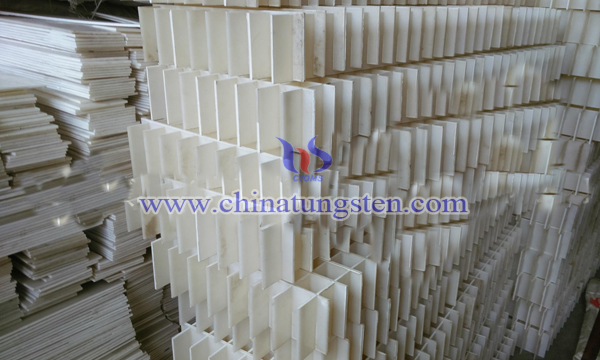
Tungsten tailing is a solid waste produced after the selection of tungsten ore, which is used to recycle useful metals and non-metallic minerals, but the component of metal recycled group is less and still remains a large amount of tailings. It is used in the production of glass ceramics, non fired bricks and hollow bricks, with limited usage, high technological cost and limited application benefits.
Piecewise Evaporation Crystallization Method Parameter Setting
- Details
- Category: Tungsten Information
- Published on Thursday, 07 June 2018 15:13
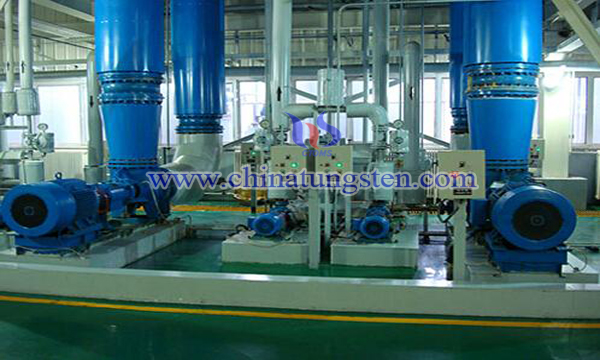
The application of tungsten elements is very extensive. In order to improve the wear resistance of parts, the most fundamental method is to reduce the particle size of tungsten elements in the material to improve the wear resistance of super hard dies and bits.
Tungsten Smelting Liquid Ammonia Recycling and Utilization
- Details
- Category: Tungsten Information
- Published on Thursday, 07 June 2018 14:53
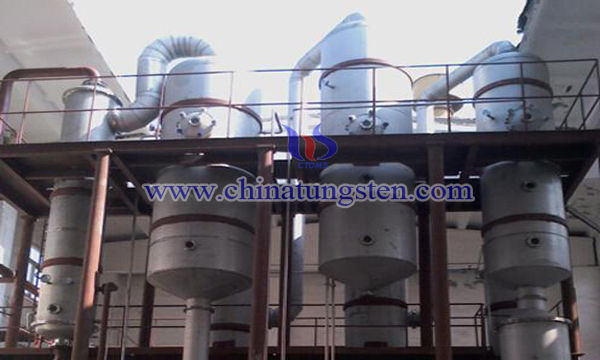
The most common method for the production of ammonium para tungstate in tungsten smelting is ion exchange. Ammonium chloride is used as a desorption agent in almost all kinds of tungsten smelting. In order to prevent the production of ammonium para tungstate crystal during the process of desorption, a proper amount of ammonia water must be added to the desorption agent. Therefore, liquid ammonia is a necessary auxiliary material.
Tungsten Oxide with Low Specific Surface Area Preparation
- Details
- Category: Tungsten Information
- Published on Wednesday, 06 June 2018 17:17
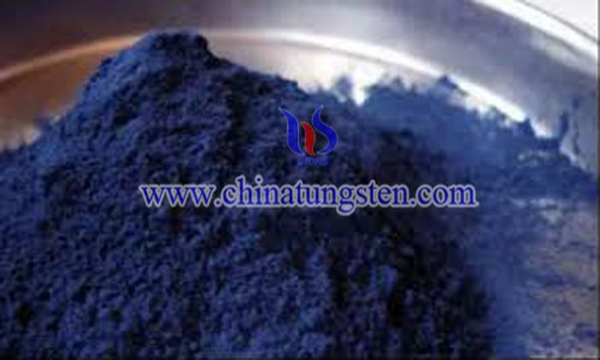
The super coarse tungsten powder is the main raw material for the production of coarse grain cemented carbide, and its downstream products are widely used in mining tools, stamping dies, oil drilling and hard surface materials and so on.
Improving the Preparation Method of Tungsten Oxide Reduction Fluidity
- Details
- Category: Tungsten Information
- Published on Wednesday, 06 June 2018 16:56

At present, the main equipments for producing tungsten powder are propulsion reduction furnace and rotary reduction furnace. The feeding way of a propelled reduction furnace is to place tungsten oxide in a boat, feed and discharge through the the push rod. The feeding mode of the rotary reduction furnace is to put tungsten oxide into the inlet of the reduction furnace and use its own gravity to flow itself into the furnace tube, which has a high requirement for the fluidity of tungsten oxide.
Doped Chromium Ammonium Para Tungstate Prepare Cemented Carbide
- Details
- Category: Tungsten Information
- Published on Wednesday, 06 June 2018 16:43
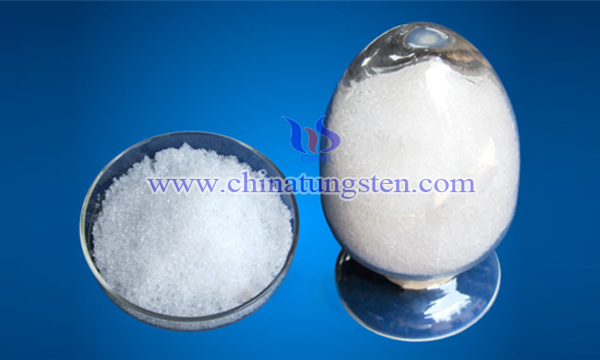
At present, the cemented carbide under submicron is prepared by mechanical mixing, chromium powder or chromium carbide is added to the ultrafine tungsten powder, and cemented carbide is prepared by carbonization and pressing sintering after mechanical mixing. The uneven distribution of the added grain growth inhibitors will lead to the abnormal growth of "WC grain", which seriously affects the performance of the cemented carbide and restricts the development of the superfine cemented carbide.


 sales@chinatungsten.com
sales@chinatungsten.com